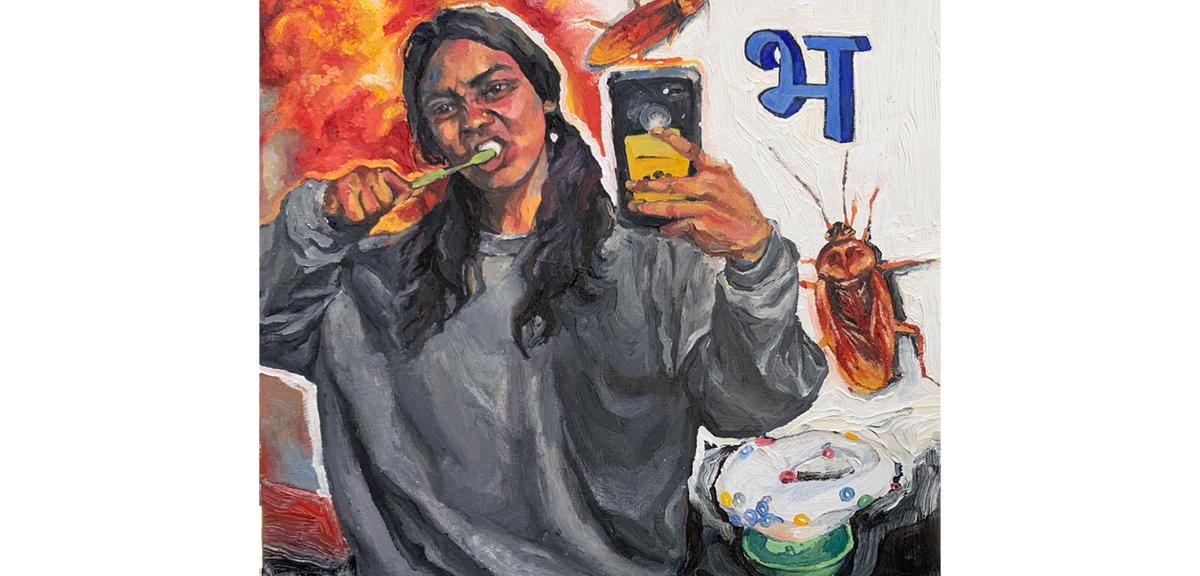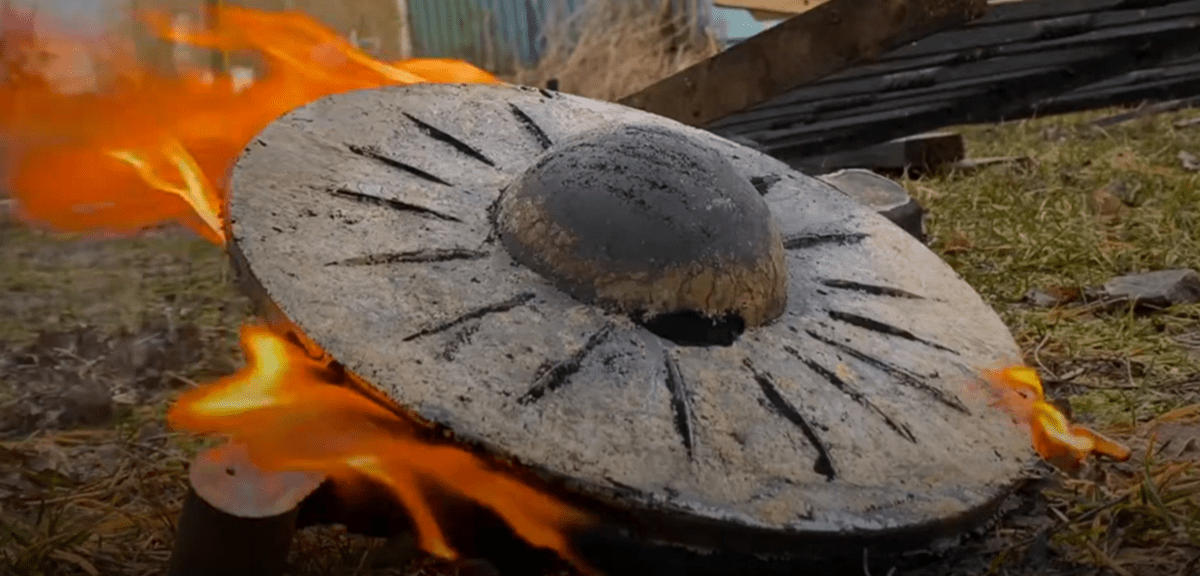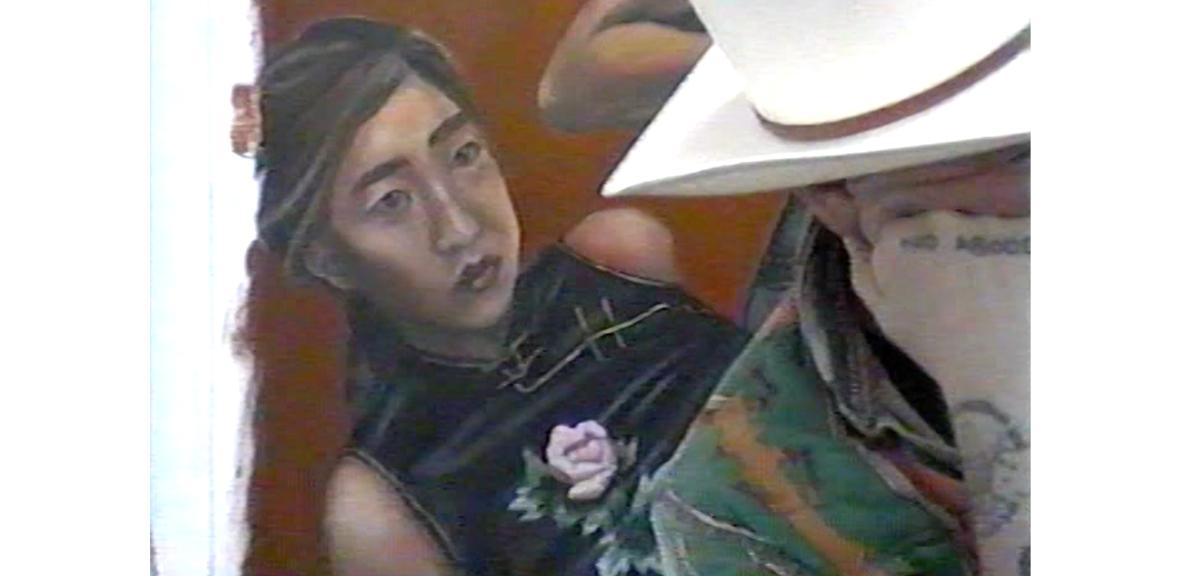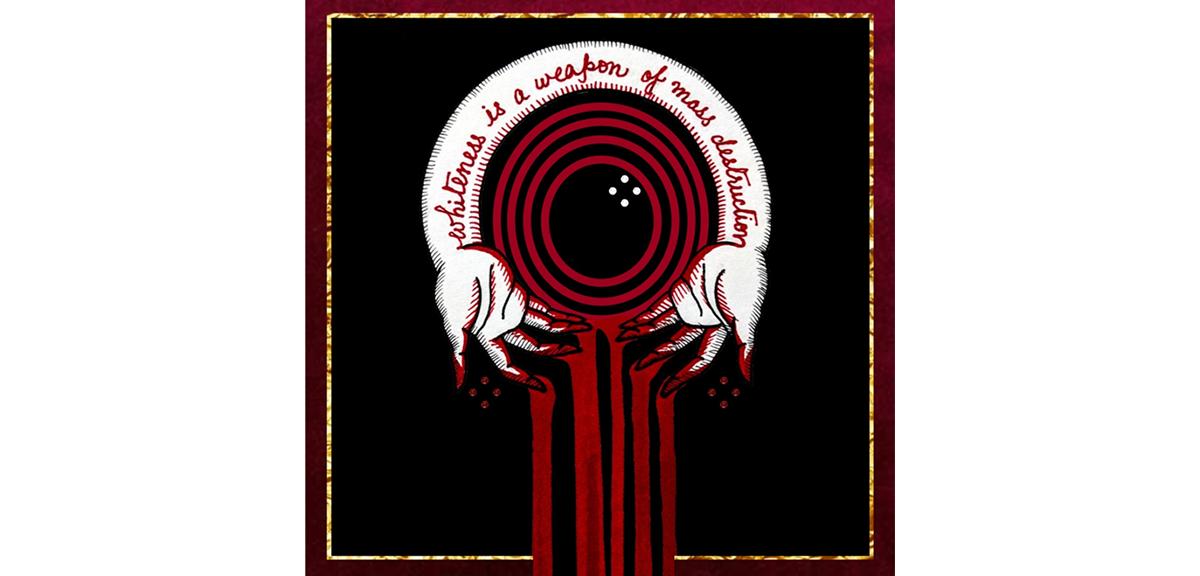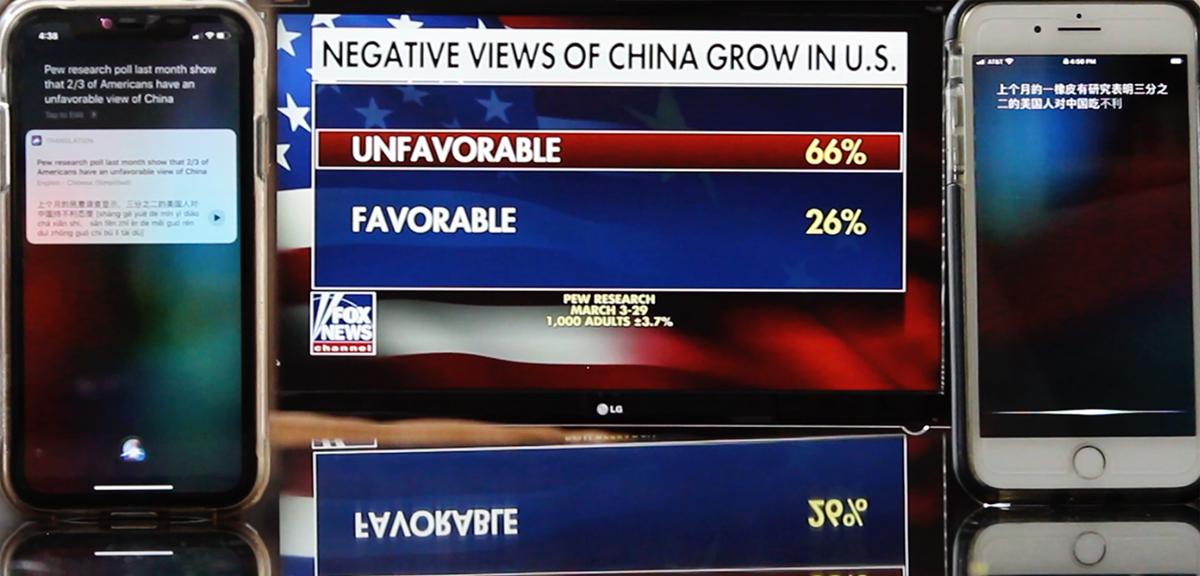NYMM
Not Your Model Minority
Pandemic, Proximity, and Power
Online Exhibition
August 5, 2020 - September 5, 2020
Curated by Marjorie Antonio '22
Curator's Statement
Not Your Model Minority: Pandemic, Proximity, and Power is a response to the wave of anti-Asian rhetoric and violence surrounding the “Chinese virus” and the critical self-evaluation of Asian American positionality in the movement for Black Lives and earlier histories of Black and Asian solidarities.
In the mid-1900s, Asian Americans, as a group, were labeled as the racial “Model Minority” for their supposed achievement of a higher degree of socioeconomic success in comparison to other racial minority groups, most notably Black Americans. Yet, how can we challenge the idea of race--commonly understood as a socially-constructed notion of difference--as an instrument of empire? Where do Asian Americans fall in relation to other minority groups as a result of larger interrelated struggles of land, labor, and empire?
The five artists in this show engage and subvert assumptions affixed on the racialized and pathologized Asian body-- as perpetual foreigners, consumers in the system of whiteness, newly hypervisible yet historically invisible, submissive, quiet, apolitical, and displaced by United States imperialism and militarization--residing in the American landscape.
Featuring works by Antonius-Tín Bui, stephanie mei huang, payal kumar, Selina Lee, and Nibha Akireddy
Land Acknowledgement
The online exhibition Not Your Model Minority: Pandemic, Proximity, and Power is hosted virtually at the University of Maryland, College Park, which exists on the unceded land of the Piscataway People who were some of the first to encounter European colonists in the Western Hemisphere. We pay respects to their elders past and present. Please take a moment to acknowledge the legacies of violence, migration, and displacement that has led to this gathering. We invite you to learn more about the native land you are on at http://native-land.ca.
Thematic Explorations
- Responding to anti-Asian violence due to racialized COVID-19 fears
- Asian Femme Body
- Anti-Blackness and Asian Positionality and complicity as the “Model Minority”
- Defining Home and Cultural Reclaiming / Object Repurposing

